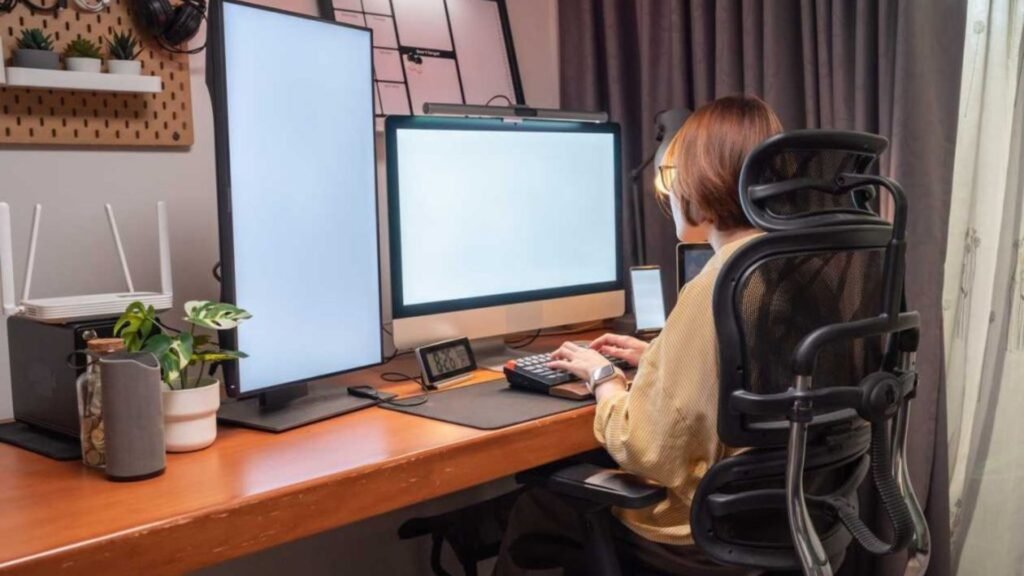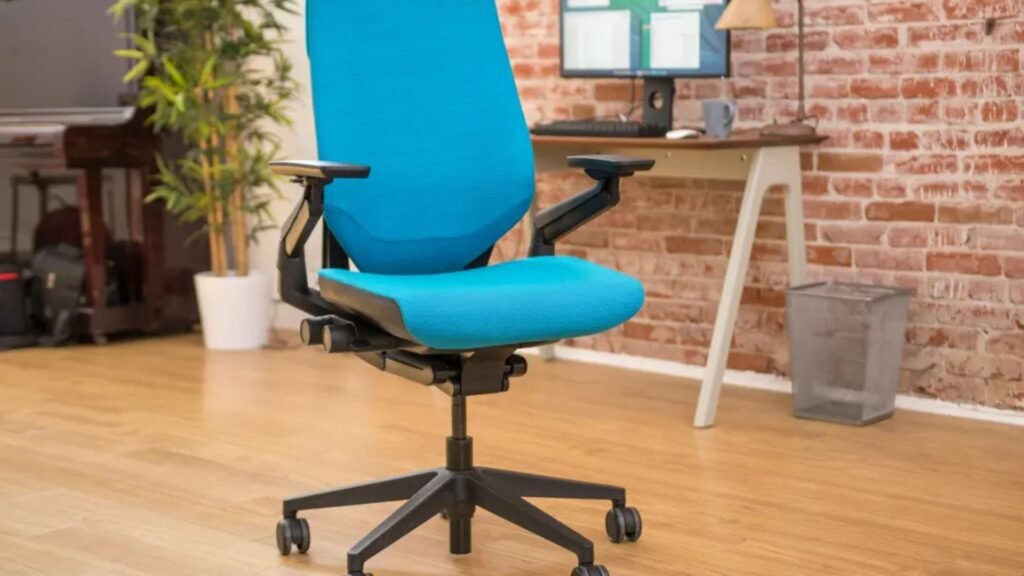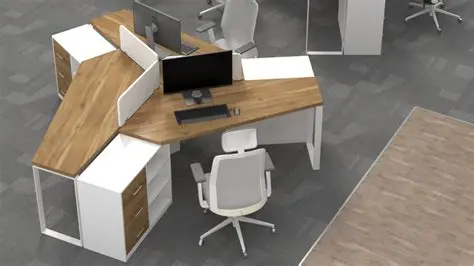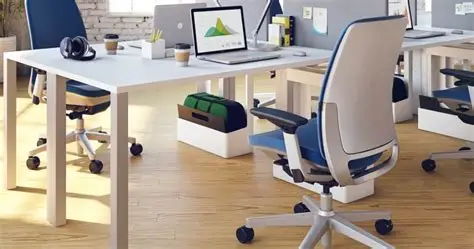
Working from home has become the norm for many, and with that shift comes a renewed focus on how our workspace affects comfort, productivity, and long‑term health. Investing in the right ergonomic office furniture isn’t just about aesthetics—it’s about setting up your body, environment, and workflow so you can work better, feel better, and avoid the aches and fatigue that come with prolonged sitting. In this article we’ll explore what ergonomic furniture really means, which features stand out, and how to pick pieces that will serve you well in a home workspace.

What “Ergonomic” Really Means & Why It Matters
Ergonomic office furniture is designed to fit your body and your working habits, rather than forcing your body to adapt to poorly designed furniture. The benefits are well‑documented: better posture, fewer musculoskeletal issues such as back pain or wrist strain, and more comfort that leads to improved focus and productivity.
For example, when you use a chair with good lumbar support and a desk at the correct height, you’re less likely to slouch or crane your neck. This alignment reduces strain on your spine and joints. Moreover, ergonomic design often encourages movement: sit‑stand desks or adjustable arms for monitors and keyboards help you shift positions, reducing fatigue and improving circulation.
Key Features to Look For in Ergonomic Furniture
When shopping for home‑office ergonomic furniture, you’ll want to keep several features in mind to ensure that what you buy actually works for you.
Ergonomic Chair
-
Adjustable seat height so your feet can be flat on the floor, knees at around 90°.
-
Lumbar support that matches the natural curve of your lower back—preferably adjustable in height or depth.
-
Adjustable armrests that let your forearms rest while shoulders remain relaxed.
-
Seat depth adjustment so you’re supported without cutting off circulation behind your knees.
-
Recline/tilt and tension control so you can lean back comfortably and shift as needed.
-
Breathable materials (mesh backs, quality fabric) to keep you comfortable during long sessions.
Ergonomic Desk / Work Surface
-
Height adjustability (or a sit‑stand option) so you’re not stuck sitting all day.
-
Enough surface space for your monitor(s), keyboard, mouse, and other tools—without cramming.
-
Monitor height should let you look forward rather than down; keyboard/mouse placement should keep your wrists neutral.
-
Good cable management and cord clearance so nothing pulls or restricts.
-
Stability—especially if it’s adjustable; you don’t want wobble when typing.
Accessories & Supporting Gear
-
Monitor arms that let you adjust screen height, tilt and distance.
-
Keyboard trays or risers to keep wrists in a neutral position.
-
Footrests if your feet don’t reach the floor comfortably.
-
Good lighting and ergonomic mouse/keyboard setups can also make a big difference.
How to Choose the Right Setup in Your Home Workspace
Putting together an ergonomic home workspace isn’t just about buying the most expensive or gear‑heavy furniture—it’s about matching it to you and your space. Here’s how to approach it.
-
Assess your space: Measure ceiling height, doorway width, your floor area, available power outlets, and any restrictions.
-
Think about your body: Your height, leg length, arm length all matter. The furniture should adjust to you.
-
Prioritise adjustability: The more ways you can adjust chair, desk, monitor etc., the more “fit” you’ll get.
-
Start with the chair and desk: These are your core pieces. A good chair + desk combo will change how you feel.
-
Test if possible: If you can sit in a chair or use a desk before purchasing, you’ll get a better sense of fit and comfort.
-
Set it up properly: Once furniture is in place, take time to set monitor height, keyboard/desk height, chair settings, and then fine‑tune.
-
Alternate posture: Don’t stay pinned in one position. Sit, stand, move around. A good ergonomic setup encourages movement.
Final Thoughts
An ergonomic home workspace isn’t about going overboard—it’s about thoughtful investment in your comfort, health and productivity. The right chair, desk and accessories will make long hours feel easier, keep you healthier in the long run, and let you focus rather than fidget. Choose furniture that adjusts to you, fits your space, and supports your working style. With that in place, you’ll not just work from home — you’ll work well from home.







